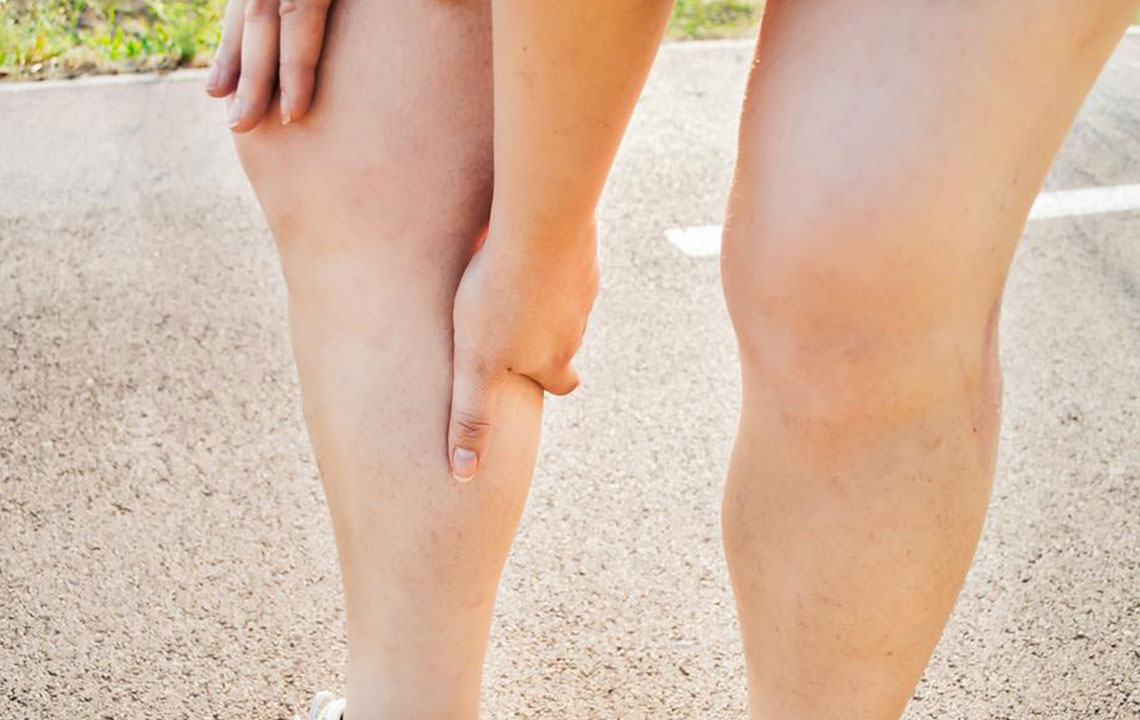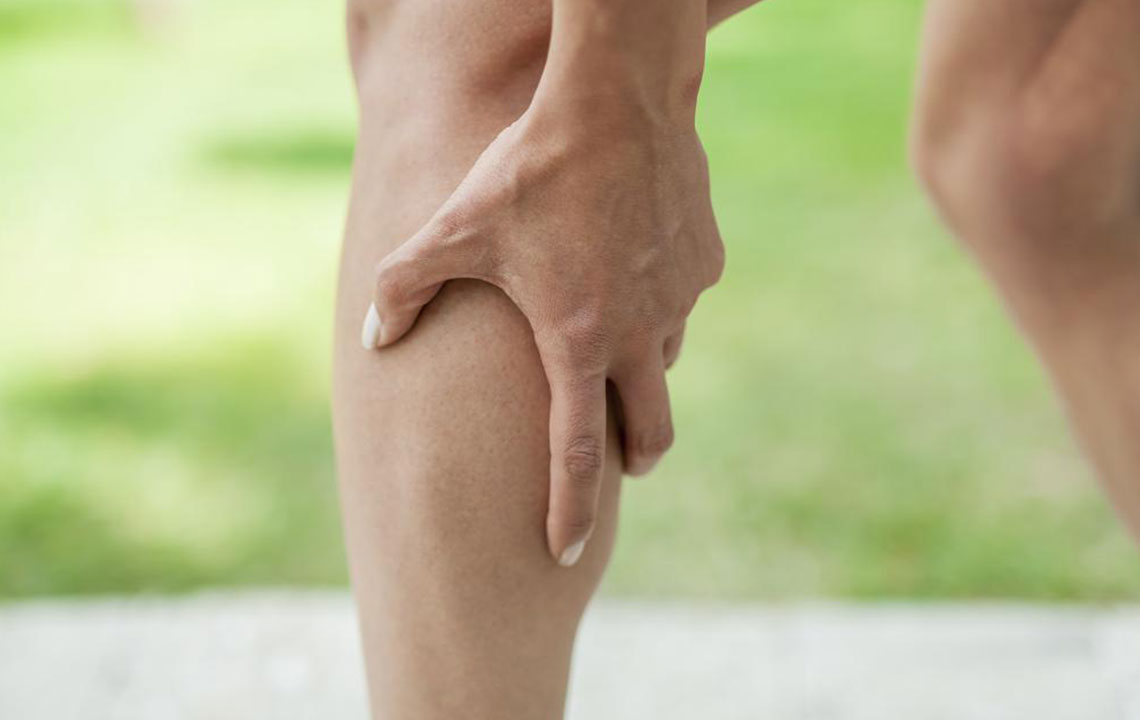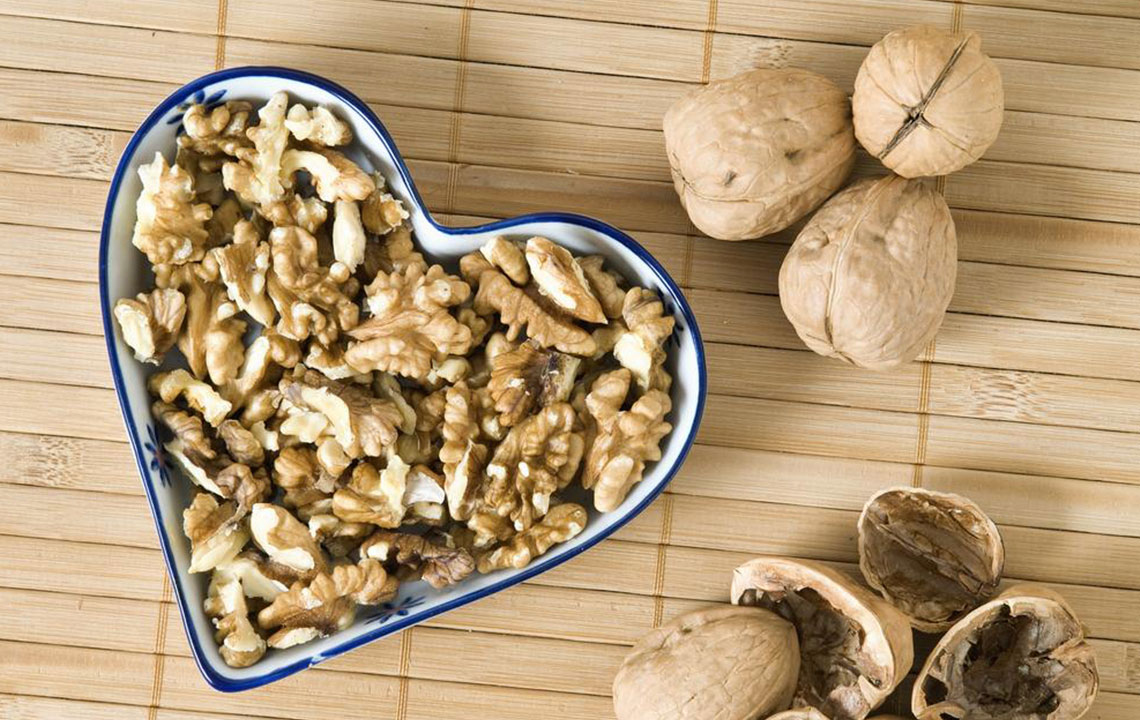Impact of Cholesterol on Leg Health and Circulation
High cholesterol levels can significantly impact leg health by causing blood vessel blockages, leading to muscle pain, fatigue, and cramps. Managing cholesterol is crucial for maintaining healthy circulation and preventing long-term vascular issues. Regular check-ups and lifestyle modifications can help reduce these risks and improve overall leg health and mobility.

Impact of Cholesterol on Leg Health and Circulation
Cholesterol, a fat-like substance found in body tissues, mainly comes from the food we eat. It exists in two forms: beneficial HDL and harmful LDL. Elevated LDL levels can result in serious health issues such as coronary artery disease and type 2 diabetes. Moreover, excess bad cholesterol can adversely affect leg health by causing blood vessel blockages. This leads to symptoms like muscle pain, weakness, and numbness in the legs. Understanding these effects highlights the importance of managing cholesterol for overall vascular health.
Blocked arteries: Accumulation of LDL cholesterol deposits narrows arteries, restricting blood flow.
This reduced blood flow causes conditions like claudication, characterized by leg pain and discomfort during movement. It can also lead to numbness over time. The obstruction hampers oxygen and nutrient delivery, impairing leg functionality, especially during physical activities.
Reduced circulation and fatigue: Poor blood flow makes legs feel heavy and exhausted, even after minimal activity. This persistent fatigue can diminish stamina and trigger long-term muscle pain.
Muscle cramps and spasms: Insufficient circulation can cause involuntary muscle contractions, often worsening during sleep and adding to discomfort.
If you experience unexplained leg pain and fatigue, it’s essential to get cholesterol levels checked to prevent further cardiovascular complications.










